Along the coast of Centro de Portugal
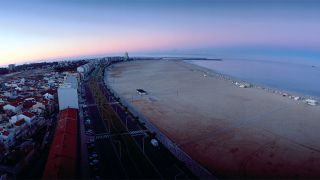
Don't miss
- practise sports on the sandy strip at Figueira da Foz
- taste grilled fish on a terrace by the sea
- go for a trip on the Ria de Aveiro in a moliceiro (a typical boat of the region)
- watch waterbirds in the Dunas de São Jacinto Nature Reserve
- watch the return of the fishing boats on the Mira or Vagueira Beaches
- taste pão-de-ló from Ovar
Wide sandy beaches framed by hillsides and protected by dunes and pinewoods, with fine sand and deep blue choppy seas… such is the coast of Centro de Portugal. Images of great beauty that you can discover on a ride along the coast from Figueira da Foz to Esmoriz.
From Figueira to Mira
Lively and buoyant, Figueira da Foz is one of the main holiday resorts. Besides the long sandy strip, where you can play football, volleyball and countless activities, its casino has also been famous since the late 19th century, when the aristocracy filled its elegant halls. Today the town hosts a number of sports events, from surfing to motorboating, sailing to beach rugby, never losing its cosmopolitan feel. Cyclists and skaters are a fixture in all weathers on its promenade, which leads you to Buarcos Beach, protected from the northerly winds by the Mondego Cape.
If you take the forest road, you will get to another beach – Quiaios, an attractive village of small houses. To the north, you will find the Vela and Braças Lagoons, an area for picnics and watching waterbirds. Further along is Tocha beach. Here you can admire the ingenious construction of the old palheiros, cabins perched on pine stilts, built by fishermen using timber from the local woods. They were used to store their implements and nowadays many are holiday houses. The strip of golden sand extends to the wild, almost deserted Palheirão Beach, an untouched piece of nature surrounded by pinewoods. 
Praia de Mira
The forest road will take you to Praia de Mira, a small fishing village until the first part of the 20th century. Net fishing is still practised both here and at Vagueira Beach, in which the colourful boats use the traditional trawler fishing technique, with tractors pulling the nets onto the sand today in lieu of the old yokes of oxen.
Around Aveiro
On Costa Nova beach, the quaint wooden palheiros are painted in bright coloured stripes, a picture postcard image everyone likes to record. Barra Beach, with its century-old lighthouse, the highest in the country, marks the confluence of the Ria de Aveiro and the sea, at the end of a spit of land starting several kilometres south at Areão. Even though it is located further inland, close to one of the arms of the estuary, Ílhavo is linked to the sea through its people who played an important role in cod fishing in the freezing Newfoundland seas. The memory of this ancient history is well represented in the Ílhavo Maritime Museum and in the local cuisine.
Costa Nova © Turismo Centro de Portugal
Providing a unique image of the union between land and sea, Aveiro is invaded by the estuary whose arms extend amid the houses in countless canals. Crossing the estuary by boat, you will quickly arrive in the Dunas de São Jacinto Nature Reserve, a large perfectly preserved tract along the coast. This is a favourite spot for observing nature, especially the waterbirds that take refuge and nest here, and enjoying yet another great attraction – the virtually wild and endless sandy strip of São Jacinto Beach.
From Torreira to Esmoriz
To the north, Torreira Beach is also part of the shoreline separating the estuary from the sea, a continuous, unbroken sandy strip extending for 25 kilometres from São Jacinto beach to Furadouro Beach. Here, those looking for a beach or water sports holiday will always find much to choose from: to one side, the choppy sea, which is excellent for surfing, and to the other, the calmer estuary waters, ideal for sailing or windsurfing.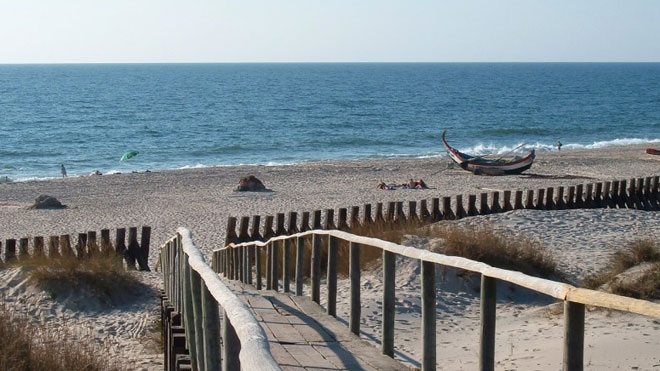
Praia da Torreira
Ovar, a few kilometres inland, is well worth a detour for its famous pão-de-ló (a type of sponge cake), which complements to perfection the regional gastronomy where fish has place of pride. In this group of beaches, which also includes Cortegaça and Esmoriz to the north, the tradition of small-scale fishing is kept alive, delivering to the table delicious dishes, such as the typical marinated or casseroled eel and many other ways of tasting fresh fish. An opportunity not to be missed when you travel along the coast.



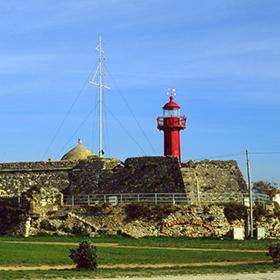

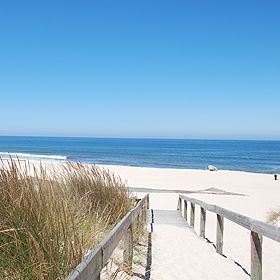
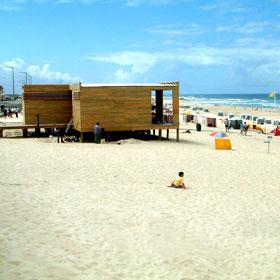
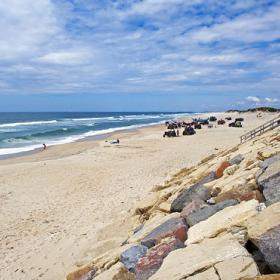
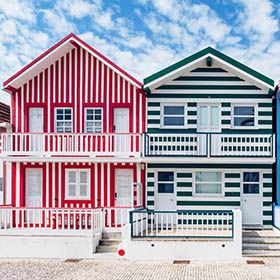
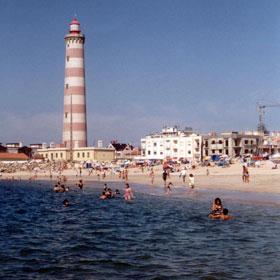
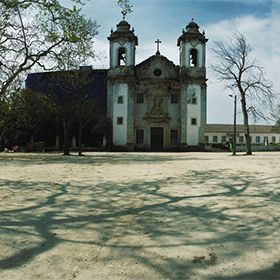
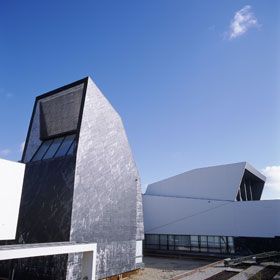
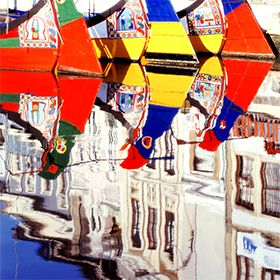
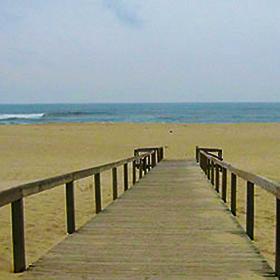
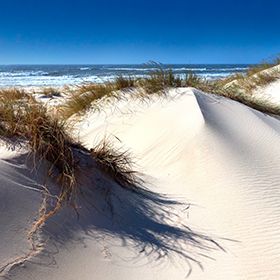
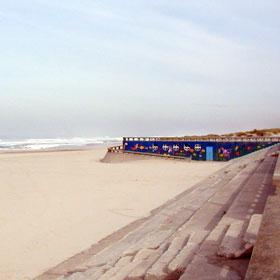
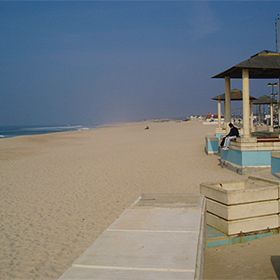


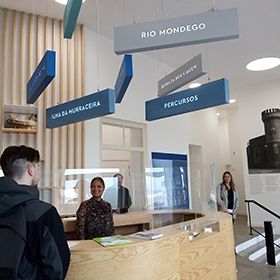
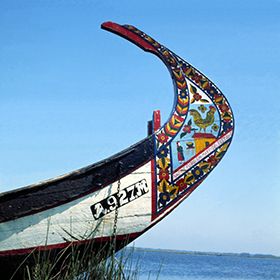

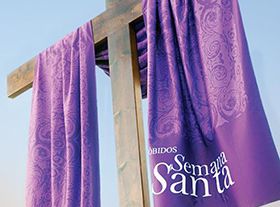
 Explore
Explore 
 Remember and Share
Remember and Share 


